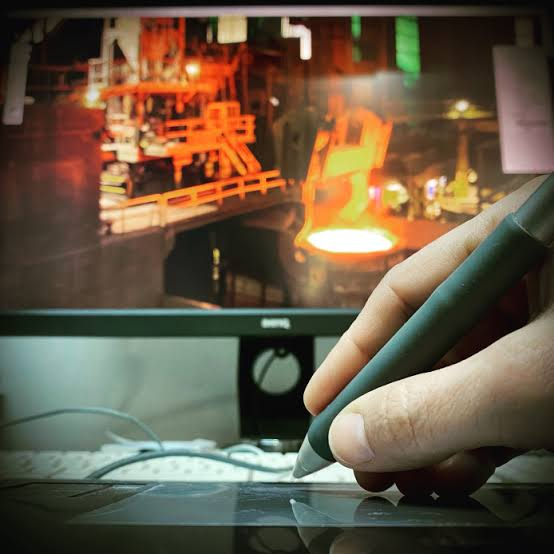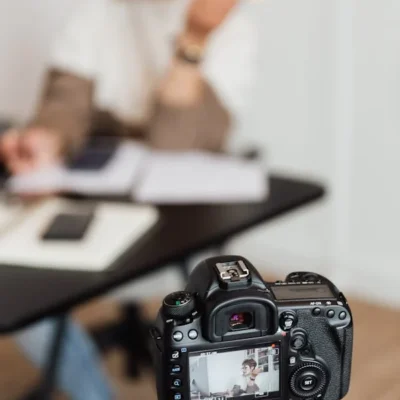Images are everywhere in this digital age. From funny images to breaking news, we’re besieged with visuals that shape how we might interpret reality. However, what if the images we see aren’t exactly what they seem? The disturbing reality is that image manipulation is getting more and more sophisticated, making it harder than ever to tell the real from the fake.
Fear not! This blog post, your daily forensics guide, gives you practical advice on how to avoid the dangers of image manipulation. So, go get your virtual magnifying glass, and let’s dive into the fascinating world of digital deception.
Understanding the Manipulation Landscape
Before acquiring your arsenals, let’s examine the enemy. Image manipulation techniques range from basic cropping and color adjustments to sophisticated deepfakes that can seamlessly swap faces or create entirely new scenes. Even novices can manipulate images with surprising realism using popular tools like Adobe Photoshop and free phone apps.
Identifying the Warning Signs
Don’t be deceived by surface-level appearances. The following are some warning signs that an image has been altered:
- Unnatural shadows and lighting:Shadows and reflections that do not align with the scene’s natural light source should be carefully checked.
- Distorted or blurred edges:The edges of objects that have been pasted or altered may appear blurry or out of place.
- Inconsistencies in pixels:Pixel pattern inconsistencies can be seen when zooming in, especially around manipulated areas.
- Recurring patterns:Look for repeating patterns, like designs on clothing or textures, that look like they were duplicated.
- Mismatch in metadata:Inconsistencies in image metadata, such as camera model and location, can raise suspicion.
Become a Digital Detective
Now that you know what to look for, test your detective skills. You can verify the authenticity of images you find online with the help of these suggestions:
- Reverse image search: Check the image’s origin story and see if it appears elsewhere by utilizing tools like TinEye or Google Images.
- Examine the source:Images posted on unverified social media accounts or websites with dubious reputations should be avoided.
- Consult fact-checking websites:Organizations that check the facts, like Snopes and PolitiFact, disprove images that have been altered and provide useful context.
- Activate critical thinking:Don’t just take what you see as true. Examine the image’s purpose, origin, and compatibility with other information.
Keep in mind that image manipulation is not limited to the digital realm. Advertisements, billboards, and printed media can all be manipulated to mislead or misinform the public. Carefully analyze all forms of visual information with the same critical thinking and verification methods you use online.
Utilizing the Power of Awareness
You can become a smart digital citizen by learning the tricks of the image manipulation trade, utilizing the force of forensic image authentication, and also equipping yourself with these simple yet powerful tips. Keep in mind that your best defense against falling prey to the digital age’s illusions is critical thinking and skepticism. So, the next time you see a picture that seems too good to be true, don’t just scroll past it; instead, take out your virtual magnifying glass and get ready to look into it!
Together, let’s build a world in which we can trust the images we see and make decisions based on verified data. In the world of visuals, which is always changing, always stay vigilant, stay informed, and stay safe!






